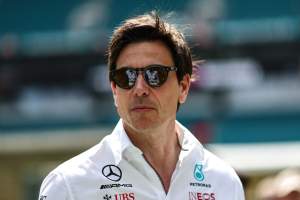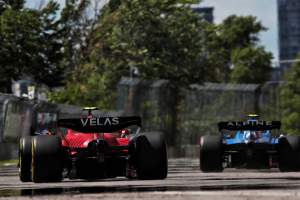Up Next

Max Verstappen has launched a scathing criticism of Formula 1’s 2026 engine rules, claiming “it looks very bad” from his early impressions of Red Bull’s interpretation.
Earlier in the Austrian Grand Prix weekend, Red Bull Racing team boss Christian Horner publicly declared his concerns about F1’s 2026 engine and chassis rules.
The regulations were signed off in August last year, committing F1 to a split combustion and electrical power output ratio of 50%, dropping the complex MGU-H and uprating the MGU-K.
Horner claims the rules ask too much of the chassis to compensate for the “colossal” battery size and cooling requirements adding weight to the cars, and “the need for active aero and the complexity that will bring” to offset the weight and drag levels.
He is lobbying for a reduction in the electrical power of the 2026 engine rules, and one of Horner’s specific grievances is that the rules will result in “drivers downshifting on straights to regenerate batteries” – which Verstappen echoed after his Austrian GP win.
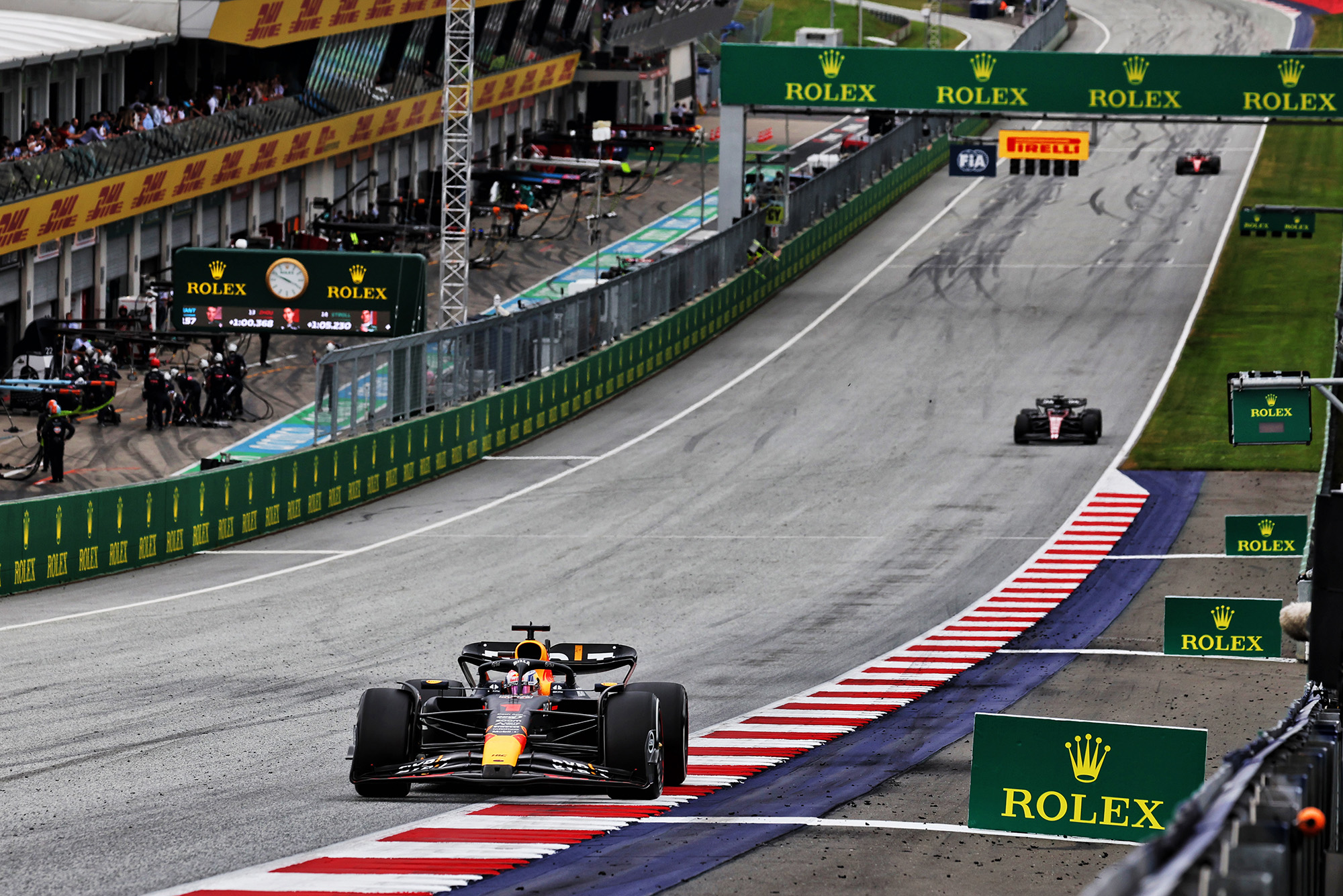
He said conversations with the team, the data and Red Bull’s simulations indicate that it looks “pretty terrible” and that at Monza, one of F1’s most power-sensitive tracks, downshifting while at full speed “400-500 metres before the end of the straight” is required because it’s “faster”.
“That’s not the way forward,” Verstappen said.
“It looks like it’s going to be an ICE competition. So, whoever has the strongest engine will have a big benefit.
“But I don’t think that should be the intention of Formula 1, because then you will start a massive development war again, and it will become quite expensive to find a few horsepower here and there.
“It should be the opposite. Plus, the cars probably have a lot less drag so it will be even harder to overtake on the straight.
“Then you have the active aerodynamics, which you [the driver] can’t control, the system will control it for you. It makes it very awkward to drive because I prefer to control it myself.
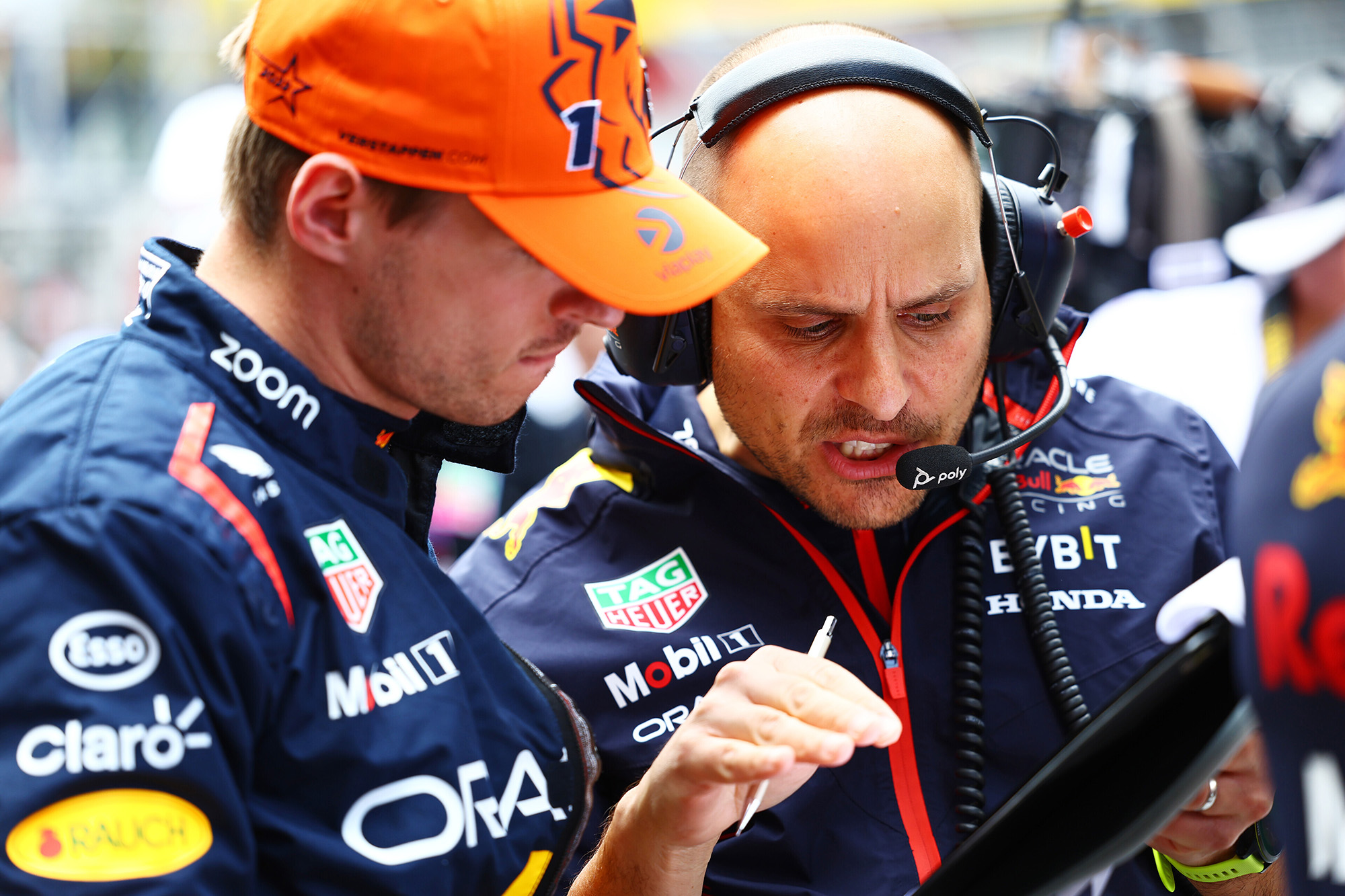
“Of course, when you are behind someone maybe you need more front or more rear, this kind of thing. If the system starts to control that for you, I don’t think that’s the right way forward.
“Plus the weight is going up again. So, yeah, we have to seriously look at this, because ’26 is not that far away.
“It looks very bad, from all the numbers and what I see from the data already.
“It’s not something I am very excited about at the moment.”
It is understood that Horner has been pushing this message in private in F1 Commission meetings, although some of Red Bull’s rivals have intimated his concerns are not shared by others.
One obvious inference of Red Bull’s strong stance on the 2026 rules, which has now emphatically been made public by its team boss and F1’s world champion, is that the first Red Bull F1 engine is not progressing well.
Red Bull has set up a new engine division to build its own F1 engine for the first time, with Ford drafted in as a partner – although some have questioned whether it is more of a commercial deal than a true technical alliance.
Mercedes boss Toto Wolff even went as far as suggesting the remarks are because Horner is “frightened” that Red Bull’s engine will not be competitive.
Horner has defended his stance, though, claiming that Wolff is “just focused on self-performance” whereas “my interest is actually about the sport rather than self-gain”.

“It’s still way too early to say who’s going to have a competitive car or uncompetitive engine in 2026,” he said.
“For me, the most important thing is to, from the sport’s point of view that we all have a collective responsibility to work with the FIA and the commercial rights holder to ensure that the product is as good as it can be.
“Otherwise, we’ve all failed.”
Horner is pushing for this despite the agreed electrical/combustion power split being a key factor in what has attracted Audi, Honda and Red Bull’s own partner Ford to F1 for the next generation of cars.
“But the regulations are a hybrid of what was originally intended,” Horner countered.
“And of course, it’s only as you work through a set of regulations that you find out where their limitations are.
“The FIA are being very responsible in terms of doing their due diligence and I think certain teams share very similar opinions to that of our own.”
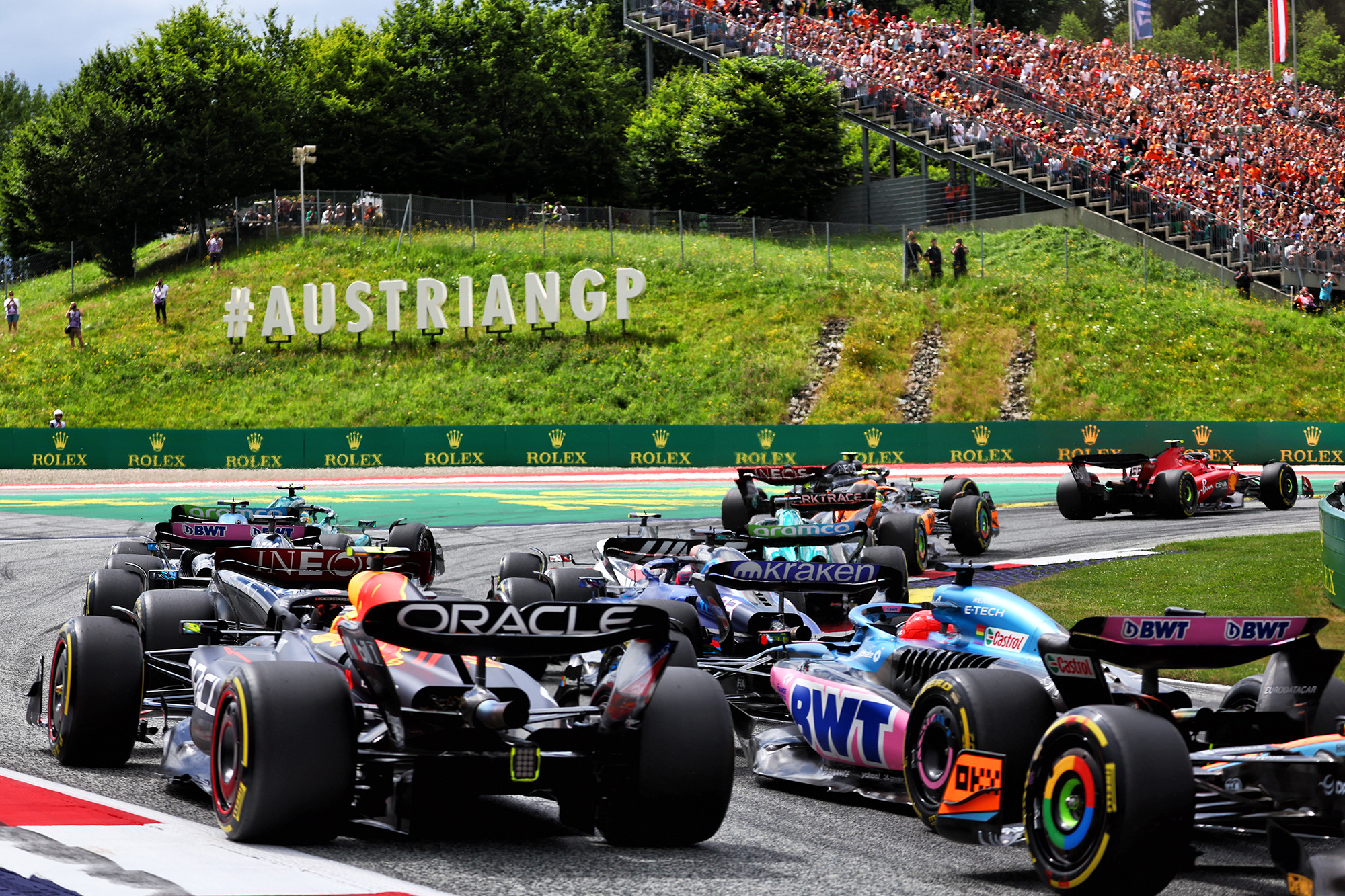
Horner’s concerns have been downplayed by some senior figures, even though they believe it reflects a part of the 2026 rules that is a genuine issue, that the engine and chassis rules have been created too independently and need to be developed more closely.
But it is not considered as dramatic as made out because teams and manufacturers have more than two years to improve their products.



